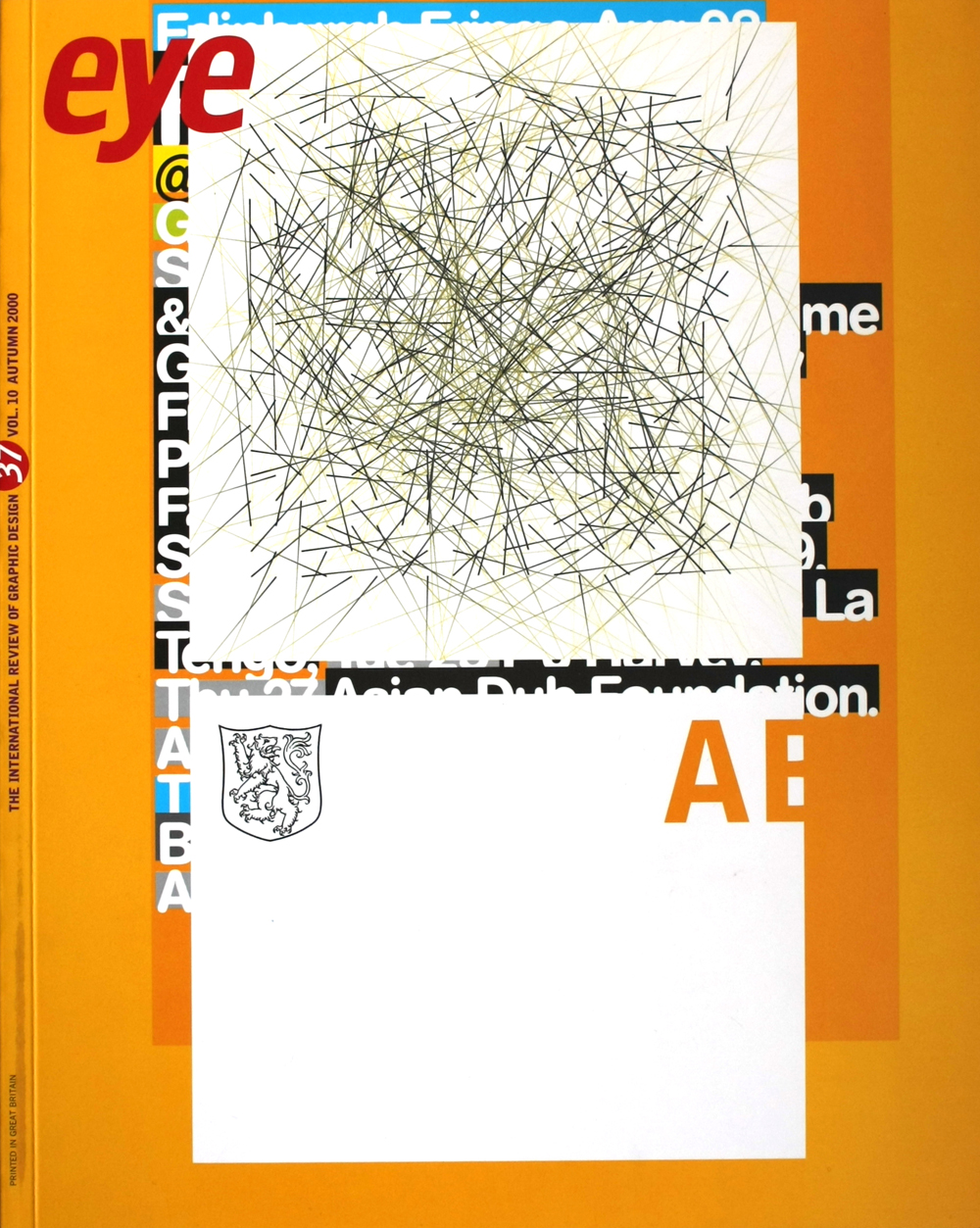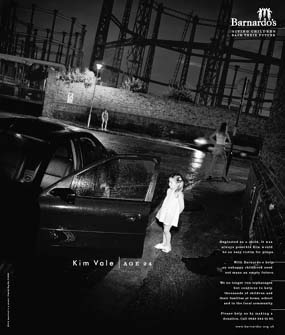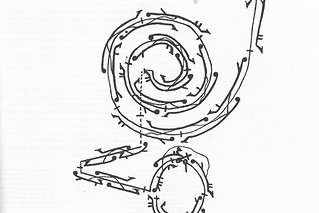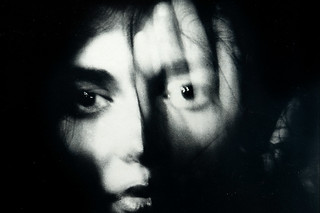
Opinion
John L. Walters
The editors of a magazine featured in ‘Visual journalism’ (Eye no. 36 vol. 9), though…
Rick Poynor
BBH’s Barnardo’s campaign communicates with a force rarely seen in charity advertising. Critique by Rick Poynor
Agenda,
Ruedi Baur
Corporate identity design should look more at the underlying structures of the project, rather than merely roll out acronyms and symbols: systems are stronger than signs
Features
Elizabeth Resnick
‘People can rely on one trick if they use a computer. Once you make that trick, you just press a button and it happens again. It can ruin your brain.’
Jonathan Burrows
Choreographers through the centuries have made brave, often beautiful attempts to visualise and record their work. Technology provides new means, but scoring a moving, dancing body in four dimensions remains elusive
Phil Baines
Sculptor Josep Maria Subirachs and poet Joan Brossa had little in common but a fierce pride in the city and culture of Barcelona, where their open-air letterforms grace the streets, squares and parks
Deborah Burnstone
The German publication Shift! takes familiar signs from the world of image consumption and reconfigures them for its own purposes. The changing format, from disk to book to board game, is an essential part of its identity
Rick Poynor
Operating undercover, using the enigmatic title of 23 Envelope, Nigel Grierson and his partner Vaughan Oliver created designs of exceptional power. Their work inspired the next generation of image-makers. By Rick Poynor
Mazier Raein, James Souttar
This seventeenth-century book is a layered fugue for chemistry, music, words and pictures: rich inspiration for anybody wanting their multimedia creations to deliver genuine, all-round entertainment
Julia Thrift
For fifteen years this UK practice has given typography a central place in graphic design
Lucienne Roberts
Graphic designers are responsible for the communication of ideas through words, signs and pictures. Yet experimentation and new aesthetics cannot emerge without a thorough understanding of reading and writing: if we accept that language is important, we must be prepared to protect it
Lucienne Roberts
‘Relativist’ debates within the profession have extended to the way design and typography are taught. If there are no agreed standards – no absolutes within design – how can one teach? Are we heading towards a state of ‘institutional ignorance’ as tutors have less knowledge to pass on to their students?





